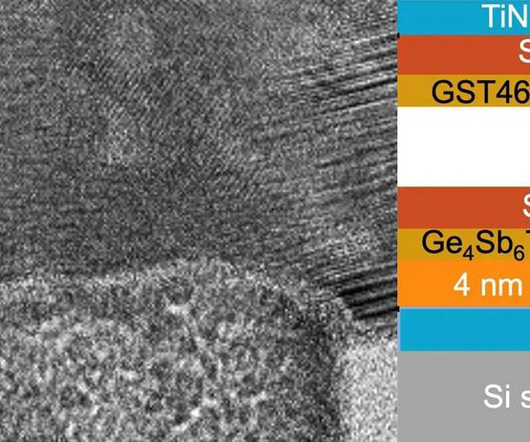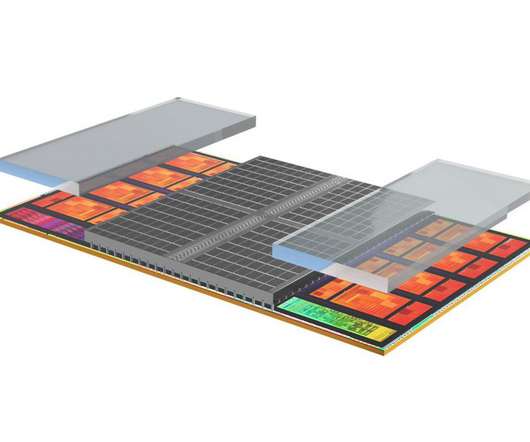Nanostructures Bring Gains for Phase Change Memory
Cars That Think
JANUARY 30, 2024
Engineers in the United States and Taiwan say they have demonstrated a promising new twist on nonvolatile memory that’s small enough, miserly when it comes to energy, and works at low enough voltage that it could boost the abilities of future processors. volts and switch in about 40 nanoseconds while consuming less than 1.5 picojoules.









Let's personalize your content